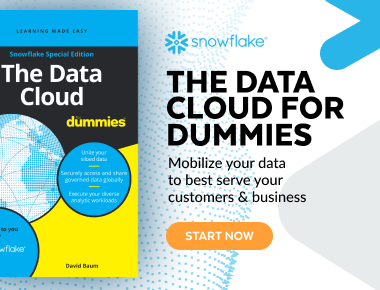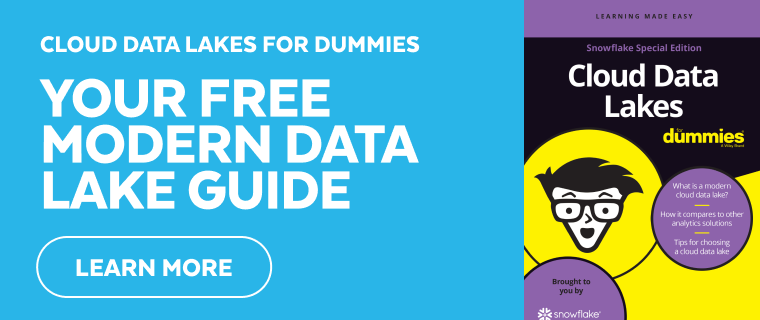There are several different flavors of data analytics. Below is a look at the most common types of data analytics.
Descriptive Analytics
Descriptive analytics answer "what happened." For example, a straight-foward look at mostly or quarterly revenue and margins for a product or product or business line would fit under the descriptive analytics moniker. With this data, a business could make some high level decisions over time about where to invest more.
Diagnostic Analytics
Diagnostic analytics provide in-depth insights into particular problems. Diagnostic data analytics are usually considered post-facto -- using data to solve problems after they have occurred. Collecting and analyzing IoT data to determine why machines went offline at a certain time is one example.
Predictive Analytics
Predictive Analytics naturally tries to explain "what will happen." It can leverage data from both diagnostic and descriptive analytics to detect exceptions and patterns that can, with modelling, help predict future trends.
Prescriptive Analytics
Prescriptive analytics prescribe "what action to take" to either capitalize on opportunities or avoid future problem. Identifying opportunities for repeat business based on descriptive analytics data offers one example of prescriptive analytics in action.
Snowflake and Cloud Data Analytics
Whether you’re a business or technology professional, Snowflake provides the performance, flexibility, and near-infinite scalability to easily load, integrate, analyze, and securely share your data. Snowflake is a fully-managed service that’s simple to use but can power a near-unlimited number of concurrent workloads. Snowflake's platform delivers data warehousing, data lakes, data engineering, data science, data application development, and for securely sharing and consuming shared data.

